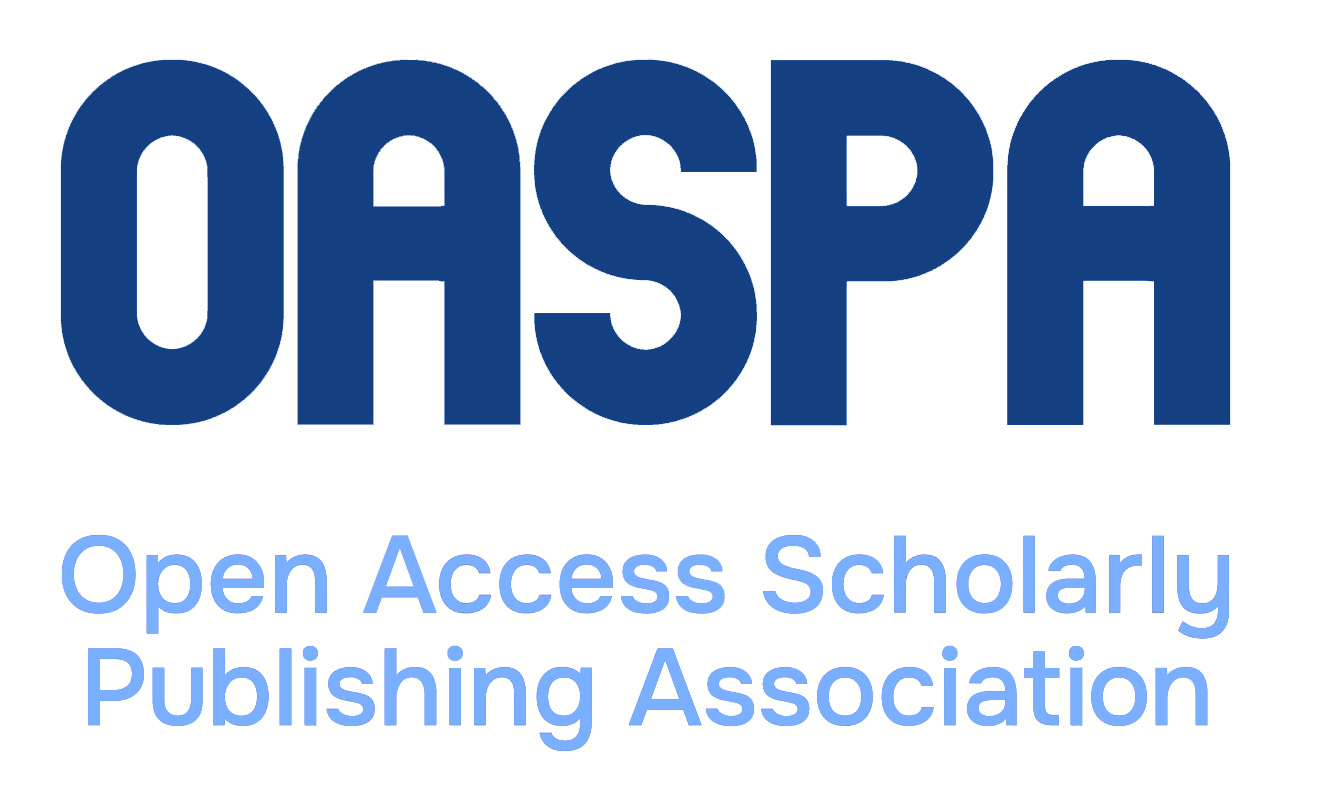UDK 45.01:621.924.1/.6
DOI: 10.15507/2658-4123.029.201904.546-559
Features of Calculating Kinematic and Roughness Parameters at Abrasive Finishing of Shut-Off Surfaces of Gate Valve Bodies Connecting Pipes
Vladimir A. Skryabin
Professor of Engineering Technology Chair, Penza State University (40 Krasnaya St, Penza 440000, Russia), D.Sc. (Engineering), ResearcherID: R-2385-2018, ORCID: https://orcid.org/0000-0001-7156-9198, This email address is being protected from spambots. You need JavaScript enabled to view it.
Introduction. The author defines main provisions for peculiarities of the kinematics of plant lapping in the process of finishing shut-off elements of the valves, as well as methods for determination of operating parameters and values of roughness in the process of abrasive finishing of sealing surfaces of valves.
Materials and Methods. The kinematic scheme of grinding machines was developed to determine the angular velocity of rotation of an instrumental disc and lapping machine. Based on the developed kinematic scheme, we obtained analytical expressions to determine the capacity of the machine’s drive motor and cutting elements, as well as the angular and linear speeds of rotation of tool drive and laps. There were also developed trajectory traces of grid points of the lapping tool at its movement along with the treated surface details of pipe fittings.
Results. There are given examples of calculation of kinematic parameters and roughness of the treated sealing surface of gate valves with the diameter DN = 100 according to established analytical dependencies for rough and finish lapping. The coordinates of the moving tools were calculated with visualization of trajectory points using special software Lazarus. The coordinates were calculated and the trace of the moving point tool was built. The specific space which characterizes the capacity of the sealing surfaces was calculated.
Discussion and Conclusion. Calculations allowed us to determine how to place the lapping tool relative to the machine’s sealing surface for optimization of the treatment process. Preliminary calculations showed that the area of lapping tool’s contact with the workpiece and the optimum angle of contact would change slightly within the relative probability of error of 5% and 10%.
Keywords: features of abrasive finishing kinematics, kinematic scheme, analytical dependences of operating parameters and surface roughness, coordinates of tool movement points, contact area of lapping tool with the treated surface
For citation: Skryabin V.А. Features of Calculating Kinematic and Roughness Parameters at Abrasive Finishing of Shut-Off Surfaces of Gate Valve Bodies Connecting Pipes. Inzhenernyye tekhnologii i sistemy = Engineering Technologies and Systems. 2019; 29(4):546-559. DOI: https://doi.org/10.15507/2658-4123.029.201904.546-559
The author has read and approved the final manuscript.
Received 11.02.2019; revised 18.04.2019; published online 31.12.2019
REFERENCES
1. Adamenkov A.K., Povarov V.P., Sharanov S.V. Diagnostics of Electric Actuators with the Use of PKSD-01 Complex. Izvestiya vuzov. Severo-Kavkazskij region. Texnicheskie nauki = University News. North-Caucasian Region. Technical Sciences Series. 2006; (16):23-27. (In Russ.)
2. Oren J.W. Design Considerations of Deflection in a Rigid Flange Gasket Joint. SAE Transactions. 1983; 92:817-828. Available at: https://www.jstor.org/stable/44644415?seq=1#page_scan_tab_contents (accessed 30.08.2019). (In Eng.)
3. Skryabin V.A, Pavlova G.V. Technology of Repair of Corps of Bolt of Pipeline Armature. Remont, vosstanovleniye, modernizatsiya = Repair, Renewal, Modernization. 2015; (2):8-13. Available at: http://www.nait.ru/journals/number.php?p_number_id=2227 (accessed 30.08.2019). (In Russ.)
4. Skryabin V.A., Zheltova Zh.V. Determination of Trajectory of Motion of Instrument at the Abrasive Polishing of Packer Surfaces of Details of Pipeline Armature. Mashinostroitel = Mechanical Engineer. 2015; (5):20-24. (In Russ.)
5. Skryabin V.А. The Processing Steps in the Renew of Plug-Forming Details of Pipeline Fittings. Vestnik Mordovskogo universiteta = Mordovia University Bulletin. 2016; 26(2):228-245. (In Russ.) DOI: https://doi.org/10.15507/0236-2910.026.201602.228-245
6. Sarda S.P., Le Tirant P., Baron G. Influence Des Contraintes Et De La Pression De Fluide Sur Le Cou Lement Dans Les Rocked Fissurees. Advances of Rock Mechanics. 1974; 2:667-673. (In Fr.)
7. Gläser H. Eine Methode der näherungsweisen Berechnung der Dichtungskennwerte für Metalldichtungen der ND-Technik anhand mechanischer Ersatzmodelle – 4 Int. Dichtungstag. Dresden; 1970. p. 420–444. (In Ger.)
8. Gane N., Skinner J. The Friction and Scratch Deformation of Metals on a Micro Scale. Wear. 2005; 24(2):207-217. (In Eng.) DOI: https://doi.org/10.1016/0043-1648(73)90233-0
9. Macdonald I.F., El-Sayed M.S., Mow K., Dullien F.A.L. Flow through Porous Media-The Ergun Equation Revisited. Industrial & Engineering Chemistry Fundamentals. 1979; 18(3):199-208. (In Eng.) DOI: https://doi.org/10.1021/i160071a001
10. Polyakov V.A., Shestakov R.A., Komarov D.N. Complex Parametric Method of Leakage Detection and Unauthorized Taps on Pipelines. Truboprovodnyy transport: teoriya i praktika = Pipeline Transport: Theory and Practice. 2018; (1):40-44. (In Russ.)
11. Pogodin V.K., Drevin A.K., Mixajlyuk E.A., et al. The Study of the Influence of Operational Parameters on the Service Life and Tightness of the Gate Valve of Pipeline Valves. Armaturostroenie = Fittings. 2004; (5):64-67. (In Russ.)
12. Krause H. Tribochemical Reactions in the Friction and Wearing Process of Iron. Wear. 1971; 18(5):403-412. (In Eng.) DOI: https://doi.org/10.1016/0043-1648(71)90004-4
13. Ogar P.M., Tarasov V.A., Klyuchev E.A., Maksimova O.V. Influence of Coating Thickness on Elastic Characteristic of Layered Elastic Half-Space. Mekhaniki XXI veku = 21st Century Mechanics. 2007; 321-327.
14. Adamenkov A.K., Veselova I.N., Ryasnyy S.I. Method for Selecting the Pipeline Valves of the Nuclear Power Plant to Be Repaired as per Technical Condition. Tyazheloe mashinostroenie = Heavy Engineering. 2008; (10):8-11.

This work is licensed under a Creative Commons Attribution 4.0 License.

















